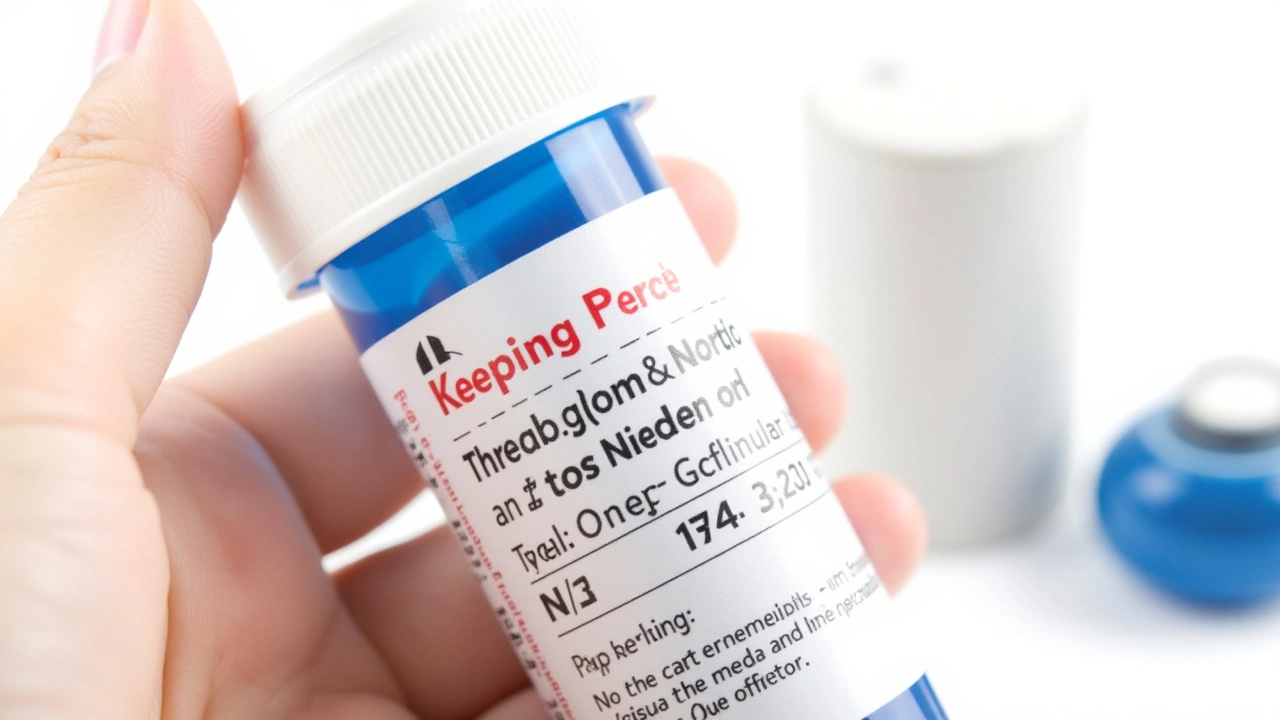Horse Racing: Practical Health and Medication Advice for Racehorses
Horse racing thrills fans, but it also pushes horses hard. If you work with racehorses, you need straightforward, useful tips on common problems, safe meds, supplements, and the rules that matter on race day. Read this for clear, practical steps you can use today.
Common problems, prevention, and when to call the vet
Lameness, coughing, and gastric ulcers show up a lot. For lameness, stop intense work and get your vet to assess the limb; early rest and a targeted anti-inflammatory plan prevent worse damage. Coughing in stables often follows poor ventilation or dusty bedding; improve airflow and let the vet advise on inhaled therapy or antibiotics only if infection exists. Gastric ulcers cause poor appetite, crankiness, or reluctance to train; omeprazole works well but only under veterinary direction. Warm up before fast work, cool down after, and keep regular farrier visits to lower injury risk. If a horse suddenly becomes lame, shows labored breathing, develops a fever, or stops eating, call your vet right away. Quick action saves time and can prevent a small issue becoming career-ending.
Medications, supplements, buying safely, and race rules
Racing authorities ban many substances that mask pain or boost performance. Always check local rules and follow withdrawal times. Never give human meds without veterinary approval; drugs like ibuprofen or acetaminophen are not safe for horses. Use licensed equine pharmacies or your vet clinic when buying treatments. Verify packaging, expiry dates, and batch numbers. If something seems too cheap online, skip it. Keep written treatment records and vet prescriptions — they are essential at regulatory checks. Supplements can help with joints, digestion, and electrolytes, but they’re not magic. Look for products tested for equine use and avoid proprietary blends with vague labels. A basic plan: quality hay, balanced concentrate for energy, joint support if needed, and electrolytes after heavy sweat. Talk to your vet or an equine nutritionist for a ration that fits training. For injury rehab, follow a vet-led program: imaging when needed, controlled exercise, and gradual return to work. Transparency with regulators and consistent care protect your horse and your license.
Commonly used equine NSAIDs include flunixin (Banamine) and phenylbutazone (bute); both require veterinary dosing and have strict withdrawal times. Vaccinations and dental care keep horses racing fit—keep a yearly vaccine schedule and dental check logs. During travel, reduce stress with familiar feed, steady hydration, and regular rest breaks. For traceability, store digital photos of treatments, labels, and vet notes. If a regulatory body questions a test result, prompt, transparent records and vet contact speed resolution.
Watch heat — cool horses gradually with water and shade, not ice on tense muscles. Simple measures like monitoring temperature and offering shade cut problems before they start. Stay curious, ask your vet, and keep the horse first.
Navigating Medication Standards in Horse Racing: The HISA Debate
The Horseracing Integrity and Safety Authority (HISA) faces legal challenges as it seeks to enforce uniform medication standards in the horse racing industry. The U.S. Supreme Court's decision on HISA's authority, following a compelling case from federal attorneys, will have far-reaching consequences. This case addresses the complexities of racehorse medication regulation, touching on horse welfare, industry integrity, and historical legal precedents.
© 2025. All rights reserved.

